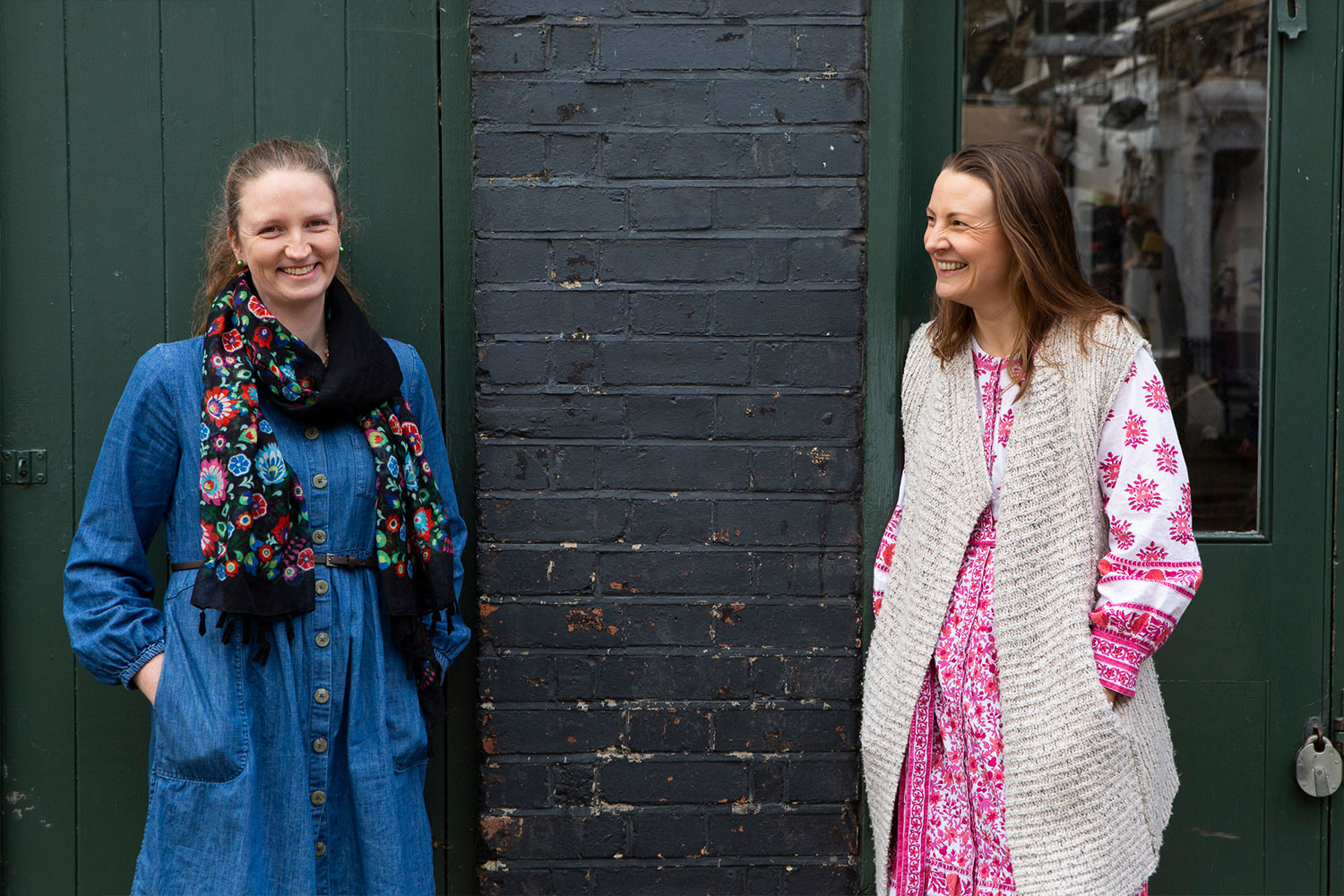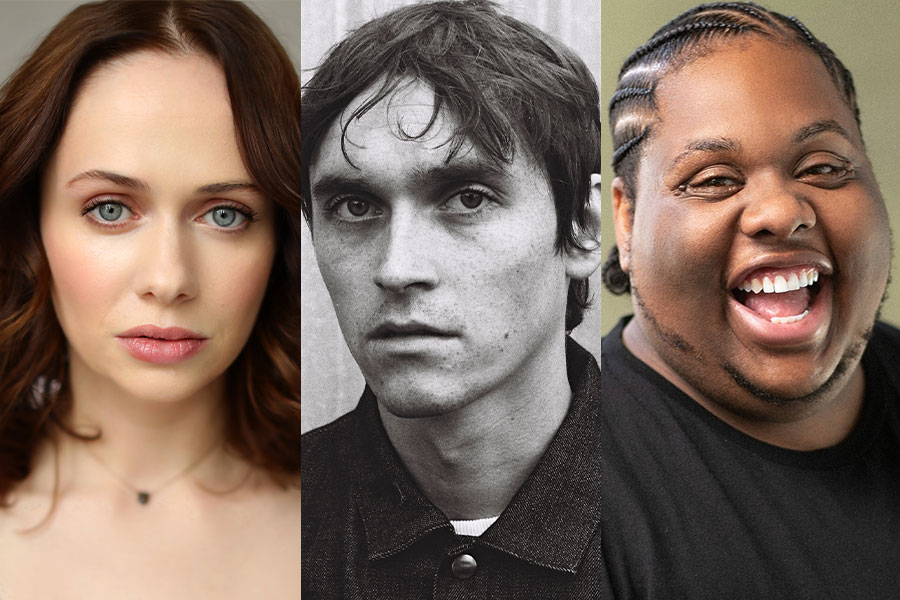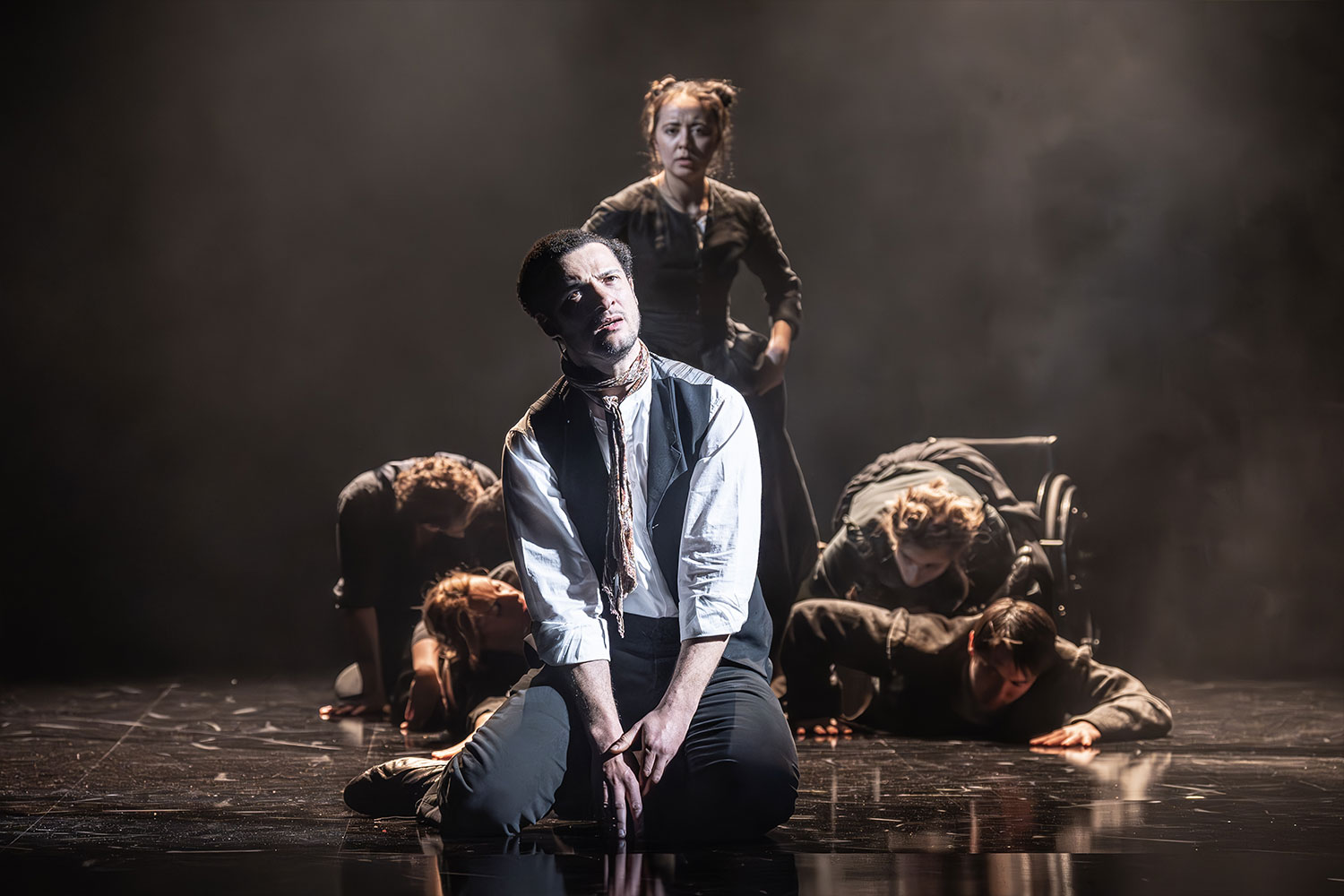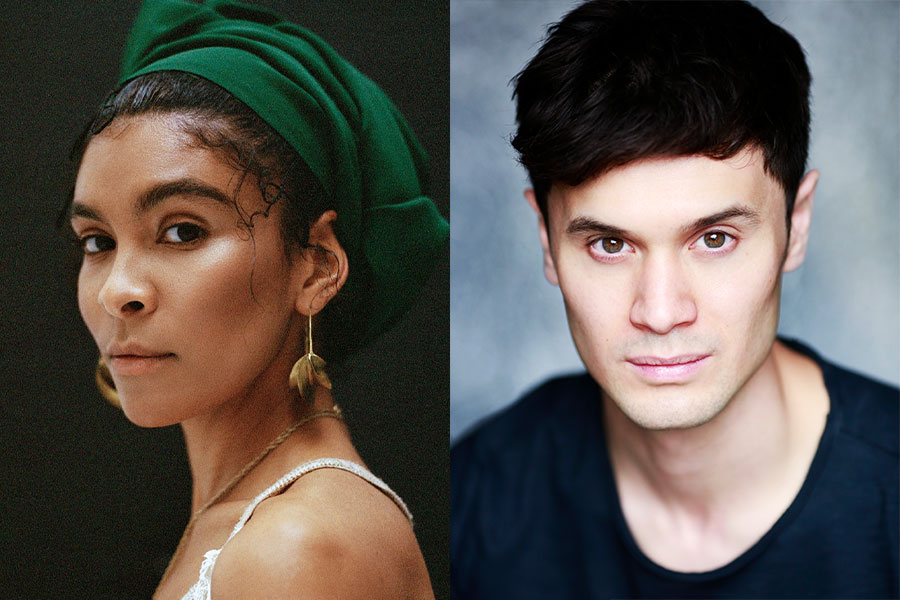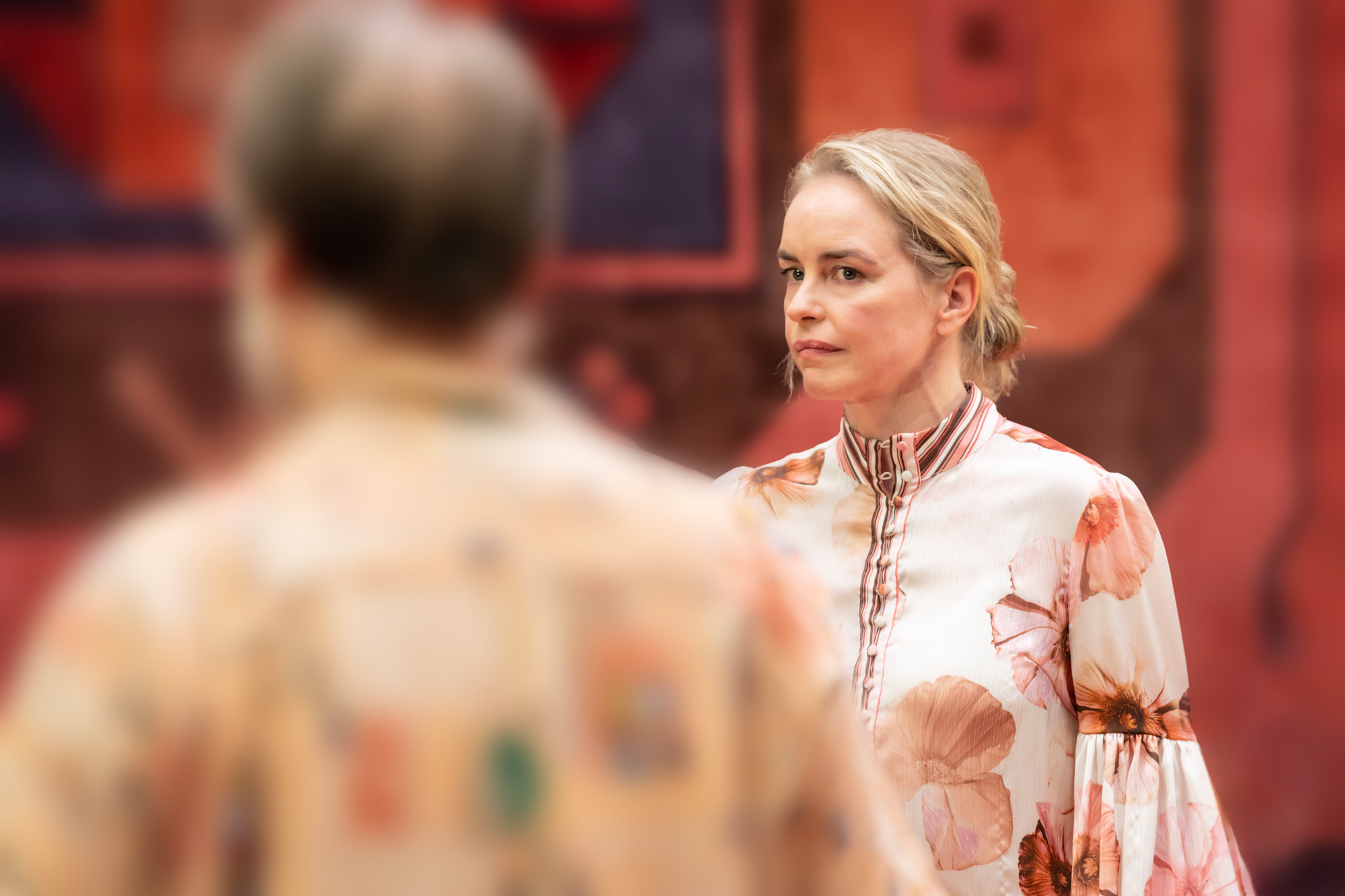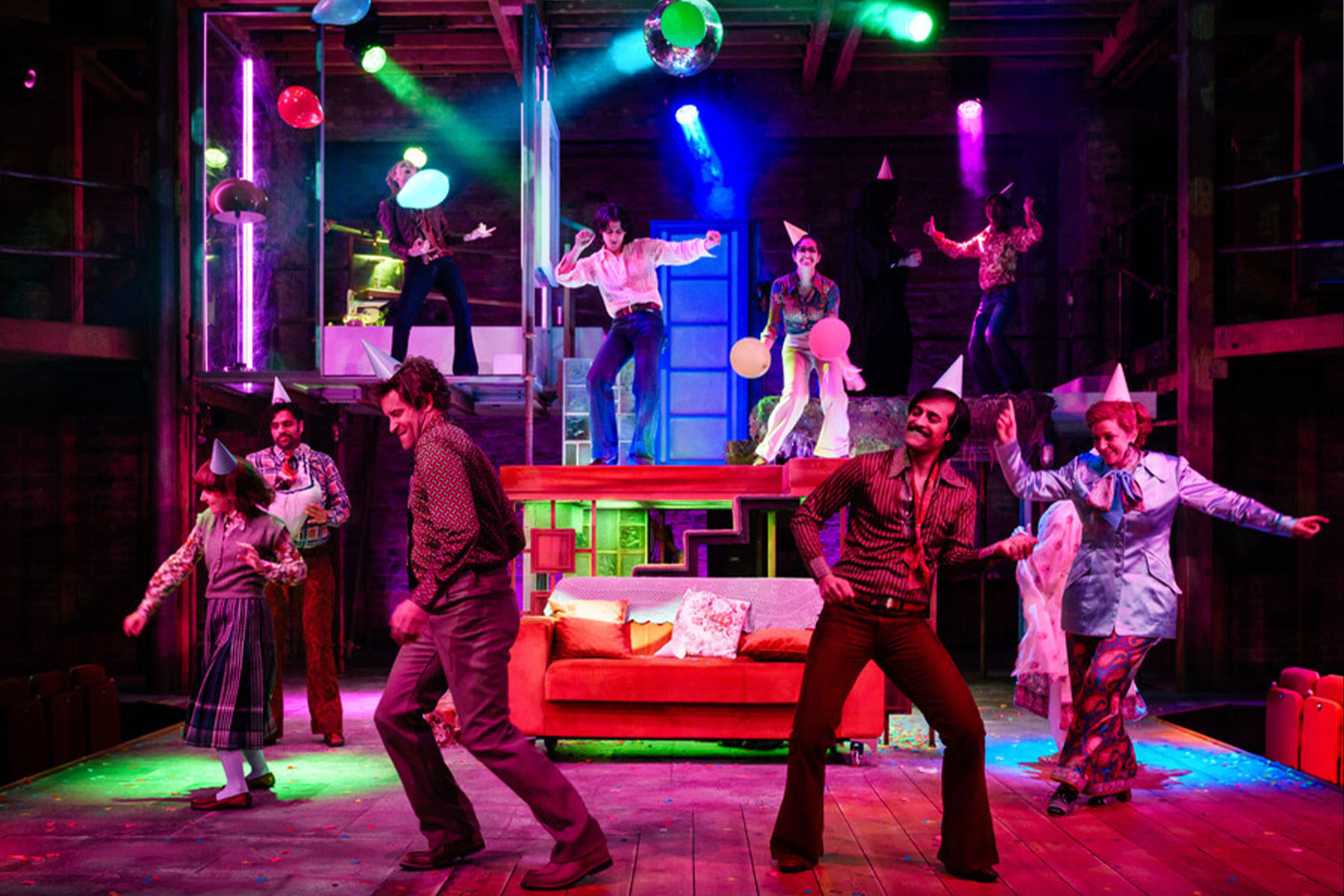Wait Until Dark (tour)
Looking back, there was a strange sort of innocence about the 1960s. We were more naïve, more trusting, less concerned, less knowing… Perhaps.
Frederick Knott‘s thriller Wait Until Dark illustrates this perfectly. We’re in a basement flat in London’s Notting Hill Gate – which was then far from being the upmarket trendy area it is now, though it had always housed an artistic community. The flat is owned by Sam Henderson (a young portrait photographer) and his wife Susy, who’s been blinded in a car crash.
Returning from Amsterdam, Sam had been asked to take charge of a doll intended for a child in Great Ormond Street Hospital. Of course, nowadays we know better than to accept packages from complete strangers, don’t we? But the doll cannot be found when its consignor arrives to collect it.
Many already know what happens next, and the success of Joe Harmston‘s production is that it allows the audience that suspension of belief which is the essence of drama. Paul Farnsworth‘s set complements this, though Nick Richings‘s lighting should have been more effective than it was – if you want to nominate the worst job in stage management, that has to be timing the lighting cues for this show.
Susy may have lost her sight, but she is rapidly learning to compensate. Susie Amy has the right school-of-Mary-Quant appearance, as well as the brittle edginess of someone who cannot quite relax. One could sense the build-up of impatience with imposed imperfection and other people’s well-meaning but insensitive ideas of being helpful.
Foil to this is an equally rounded performance by Derren Nesbitt as Roat, the leader of those invading the flat in search of the doll – and what it contains. Bulked out with menace and revelling in a kaleidoscope of dodgy accents, he brings palpable danger with every footstep and gesture. James Carlton‘s Mike and Michael Melia‘s Croker try hard, but are thoroughly outclassed.
There is one other challengingly nuanced interpretation. Minnie Crowe as Gloria offers us the portrait of a latchkey schoolgirl with the zest of an Angela Brazil heroine, swirling in the lethal brew of an unstable home environment and the simultaneous contradictory desires to be given childhood comforts and to be treated as a responsible adult.
– Anne Morley-Priestman



